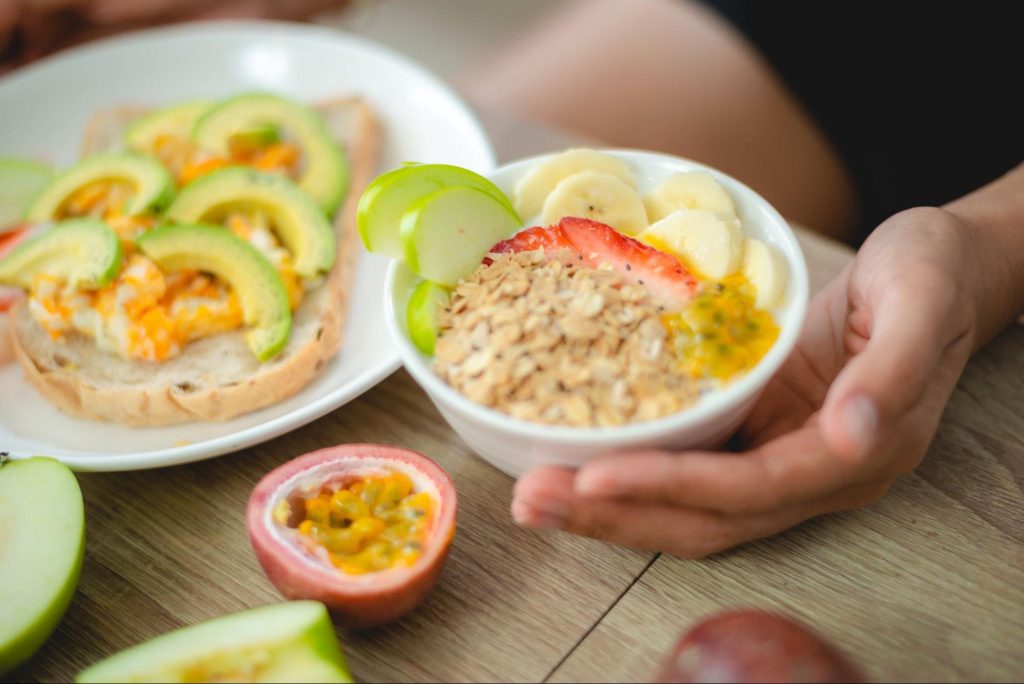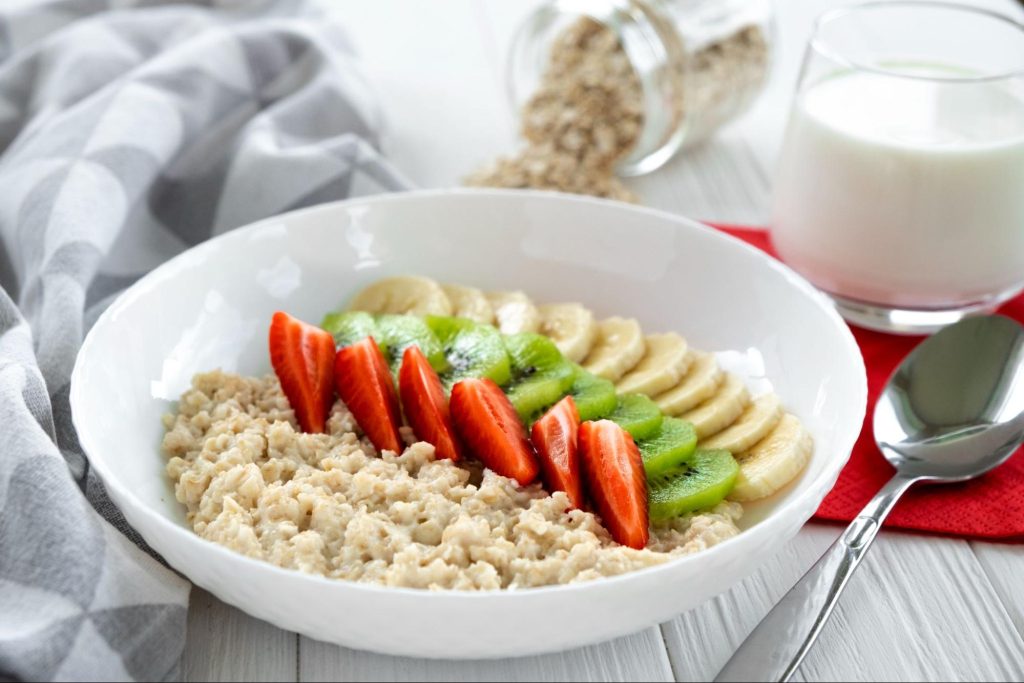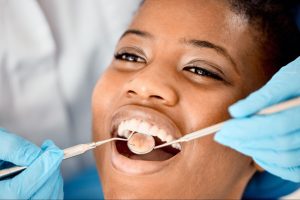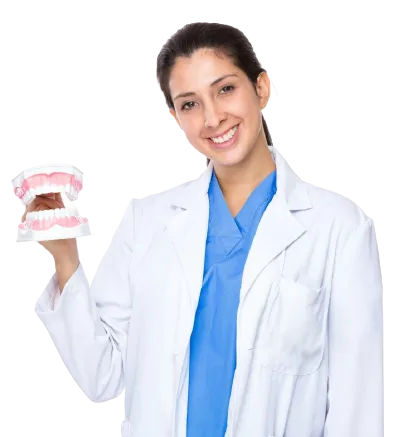Getting a tooth pulled can feel like more than just a dental procedure—it disrupts your entire routine. You’re sore, a little anxious, and wondering what you’re supposed to eat now. Even the idea of chewing feels risky. One wrong move could leave you in pain or slow down your healing. Knowing what you can eat after a tooth extraction isn’t just helpful—it’s the key to recovery without added stress.
What Can I Eat After a Tooth Extraction in 24 Hours?
The first 24 hours after a tooth extraction are the most critical. It is when the blood clot forms and begins to heal the site. Eating the wrong food can knock that clot loose and slow your recovery. Stick to cold and soft options that calm your mouth and reduce swelling.
Cold and Soft Foods That Soothe and Heal
Cold and soft foods help calm the area and reduce bleeding. Yogurt, applesauce, and ice cream are easy to eat and don’t require chewing. Smoothies are fine, but skip the straw—suction can dislodge your blood clot. Choose plain or mildly flavored options to avoid irritation. Keep portions small and focus on swallowing, not chewing.
What to Avoid Right After a Tooth Extraction
Avoid anything hot for the first day, including soup, coffee, or tea. High heat can reopen the wound or dissolve the blood clot. Spicy or acidic foods, such as salsa, citrus, and vinegar, can sting or burn the site. Hard, crunchy, or chewy textures—such as chips, bread crusts, or candy—can scratch your gums or become lodged in the socket. Skip straws and carbonated drinks entirely during this time.
What Can I Eat After a Tooth Extraction on the Following Days?
By the second or third day, your mouth might feel slightly better. That doesn’t mean it’s fully healed. The area is still vulnerable, and eating too boldly can lead to pain or infection. Stick with thicker, soft foods that are easy to swallow but offer more substance.
Soft and Warm Foods You Can Safely Eat Now
Mashed potatoes, oatmeal, and scrambled eggs are great choices. They’re soft, warm, and easy to chew without much effort. Use minimal seasoning to avoid discomfort. Foods like these add calories and keep you full without stressing your jaw. Be sure to chew on the opposite side of the extraction area.
Add Nutrients Without Hurting the Healing Process
Try adding soft-cooked vegetables like peas, carrots, or squash. They’re rich in vitamins and easy to mash with your tongue. Soft proteins like flaked fish or tofu can boost recovery with minimal chewing. Blended soups from lentils, squash, or beans offer comfort and nutrition. Just let them cool to a safe temperature before eating.
What Can I Eat After a Tooth Extraction in the First Week?
After a few days, many people begin to crave regular meals again. However, the extraction site is still delicate and can reopen if irritated. Introduce new foods slowly, focusing on those that are soft but filling. The key is to chew gently and avoid the extraction site entirely.
Solid Foods That Are Still Safe to Try
Well-cooked pasta, rice, or soft noodles are good starting points. You can also try pancakes, soft bread (no crust), or ripe bananas. If you eat meat, choose ground beef or shredded chicken in small portions. Test each bite to see how your mouth reacts before continuing. Always cut food into smaller pieces to reduce pressure.
Balanced Meals Without Risking the Wound
You can still enjoy a balanced plate if you choose carefully. Pair mashed vegetables with soft proteins like egg or fish. Drink water in small sips during your meal to help everything go down. Avoid anything with seeds, nuts, or sharp edges. Stick with easy-to-digest foods to avoid slowing down your body’s healing process.

What Can I Eat After a Tooth Extraction to Heal Faster?
Food isn’t just fuel—it helps your body repair tissue faster. Some meals may seem safe but offer little nutritional value. Choosing the right ingredients makes a big difference. Your goal is to keep eating without slowing the healing process.
Nutrient-Dense Foods That Speed Up Healing
Greek yogurt contains protein and calcium to help rebuild tissue. Avocados add healthy fats that reduce inflammation. Soft scrambled eggs offer iron and vitamin D. Even applesauce contains antioxidants that support immune recovery. Avoid ultra-processed snacks, which can slow healing and spike blood sugar levels.
Hydrating Beverages That Help Your Mouth Recover
Stick to water, milk, coconut water, and diluted juice. These drinks hydrate without irritating the area. Warm herbal tea can soothe, but only after the first day. Avoid soda, alcohol, and sugary sports drinks—they can delay healing. Sip slowly, and never use a straw while the socket is open.
What Can I Eat After a Tooth Extraction With Food Limits?
People with allergies or dietary restrictions often face limited options. Many soft foods include dairy, gluten, or animal products. But with some planning, you can stay safe, complete, and comfortable. It just takes a little creativity.
Vegan and Dairy-Free Healing Foods
Silken tofu, plant-based yogurt, and dairy-free smoothies are all suitable options. Mashed avocados or sweet potatoes are filling and gentle on the mouth. Blended lentil soup gives you protein without animal products. Avoid store-bought products with hidden sugar or artificial citrus flavors. Oat milk or almond milk adds calories without causing pain.
Gluten-Free Meals That Are Still Soft and Safe
Mashed potatoes, rice, polenta, and gluten-free oatmeal are easy picks. You can also try soft grits, risotto, or cooked quinoa. Avoid processed foods that contain hidden gluten in sauces or thickeners. Always check labels, especially with frozen or canned items. Use olive oil or broth for flavor without adding risk.
What Can I Eat After a Tooth Extraction If Pain Persists?
Some people still experience soreness for a few days. That’s normal, but it means your food should stay extra soft. Stick to textures that require no chewing at all. Your mouth will thank you.
Meals for When Chewing Feels Unbearable
Stick to smooth, pureed soups from carrots, squash, or lentils. Protein shakes with banana and plant-based milk help keep you full. Applesauce or baby food textures are safe if nothing else works. Use soft spoons and eat slowly to avoid pressure. Let your mouth rest between bites.
Planning Meals That Won’t Trigger More Pain
Avoid extreme food temperatures, which can shock sensitive nerves. Eat warm meals—not hot or cold—to reduce discomfort. If chewing is necessary, chew away from the sore area. Keep track of what foods cause flare-ups. That will help you adjust more quickly and prevent recurring problems.

What Can I Eat After a Tooth Extraction on Medication?
Pain medications, antibiotics, or anti-inflammatory drugs are often part of the recovery process after a tooth extraction. But those meds don’t exist in a vacuum—what you eat alongside them can ease side effects or worsen things. It’s not just about food texture anymore; you also need to consider how it interacts with your medication.
Foods That Support Healing While Taking Medication
Taking antibiotics or painkillers on an empty stomach can lead to nausea or stomach pain. Pairing them with soft, easily digestible foods makes a significant difference. Oatmeal, mashed sweet potatoes, or scrambled eggs are safe and help coat your stomach. Yogurt with live cultures is beneficial when you’re on antibiotics—it helps restore gut bacteria and lowers your risk of digestive upset. Stick with plain or lightly seasoned versions to avoid irritating your mouth or digestive system.
What to Avoid While on Post-Extraction Meds
Certain foods don’t mix well with common post-extraction prescriptions. Grapefruit and grapefruit juice, for example, can interfere with how your liver processes some antibiotics and pain meds. Spicy or acidic foods may intensify any nausea or stomach sensitivity caused by your medication. Alcohol is a hard no—it doesn’t just slow down healing; it can dangerously interact with painkillers and increase bleeding risk. Skip processed junk food, too; it’s often full of sodium, sugar, and preservatives that can work against both your meds and your healing process. Always check with your dentist or pharmacist for specific food interactions tied to your prescription.
What Can I Eat After a Tooth Extraction While Traveling?
Recovery doesn’t always happen from the comfort of home. Some people return to work the next day, and others have travel plans they can’t cancel. Food must be simple, safe, and portable when healing on the go.
Soft, Portable Meals You Can Take Anywhere
Packing soft food doesn’t have to be complicated. Bring applesauce cups, ripe bananas, or overnight oats in a sealed container. Blended soups stay warm in an insulated thermos and need no chewing. Small containers of mashed avocado or hummus can be eaten with a spoon. Add soft, protein-rich snacks like hard-boiled eggs (if you can chew them gently) or tofu cubes packed in a cold bag.
How to Stay on Track While Eating on the Go
The key is to plan. If you’re eating out, consider calling ahead or checking menus online. Look for sides like mashed potatoes, soft eggs, or steamed vegetables. Skip straws if you’re ordering smoothies or drinks. Always carry a spoon and a napkin—you don’t want to rely on office or airport options that may not be suitable for your mouth. Choose food you know your mouth can handle, and avoid surprises while you’re away from your usual routine.
What Can I Eat After a Tooth Extraction If I Have Diabetes?
Tooth extractions can be more complicated for people with diabetes. Blood sugar levels impact how fast your body heals. The challenge is finding soft foods that won’t spike blood sugar levels but support recovery.
Diabetic-Friendly Soft Foods for Faster Healing
Stick with whole, unprocessed foods that digest slowly and naturally. Try mashed cauliflower, blended lentil soup, or soft scrambled eggs. Greek yogurt with no added sugar offers both protein and probiotics. Avocados are a good source of healthy fats and won’t raise blood sugar levels. Smoothies can work, too—use almond milk, spinach, and low-glycemic fruits like berries or green apples in small amounts.
Foods to Avoid With Diabetes After Tooth Removal
Avoid sugary yogurt, juice, or fruit-packed smoothies—they seem soft, but they’ll cause a blood sugar spike. Steer clear of processed rice dishes, starchy white bread, or even soft ones. Read labels closely on canned soups and puddings; many contain hidden sugars. Even soft cereal can be risky if it’s too sweet or refined. Choose carbs with fiber, and always pair them with fat or protein to help balance blood sugar levels.
Tooth Extraction Recovery Starts With Smart Eating
Pain is temporary, but how you manage it can significantly impact your recovery. Eating well after a tooth extraction isn’t just about healing your mouth—it’s about reclaiming your comfort, energy, and routine. Don’t just follow random advice online. Trust your body, trust your dentist’s recommendations, and treat every meal as part of your overall dental care. The right food isn’t just fuel—it’s part of healing.
Your recovery doesn’t stop here—explore the Meader Family Dentistry blog for more ways to care for your teeth every day.






